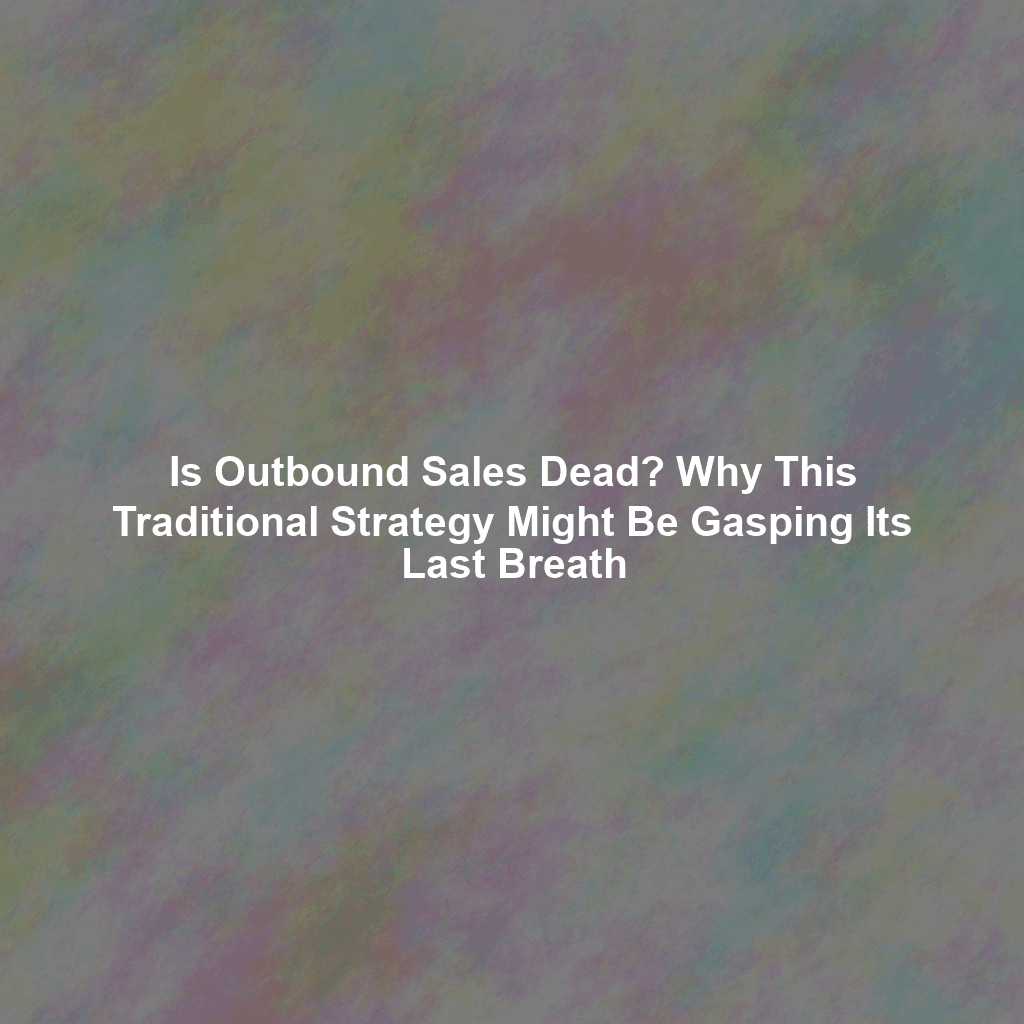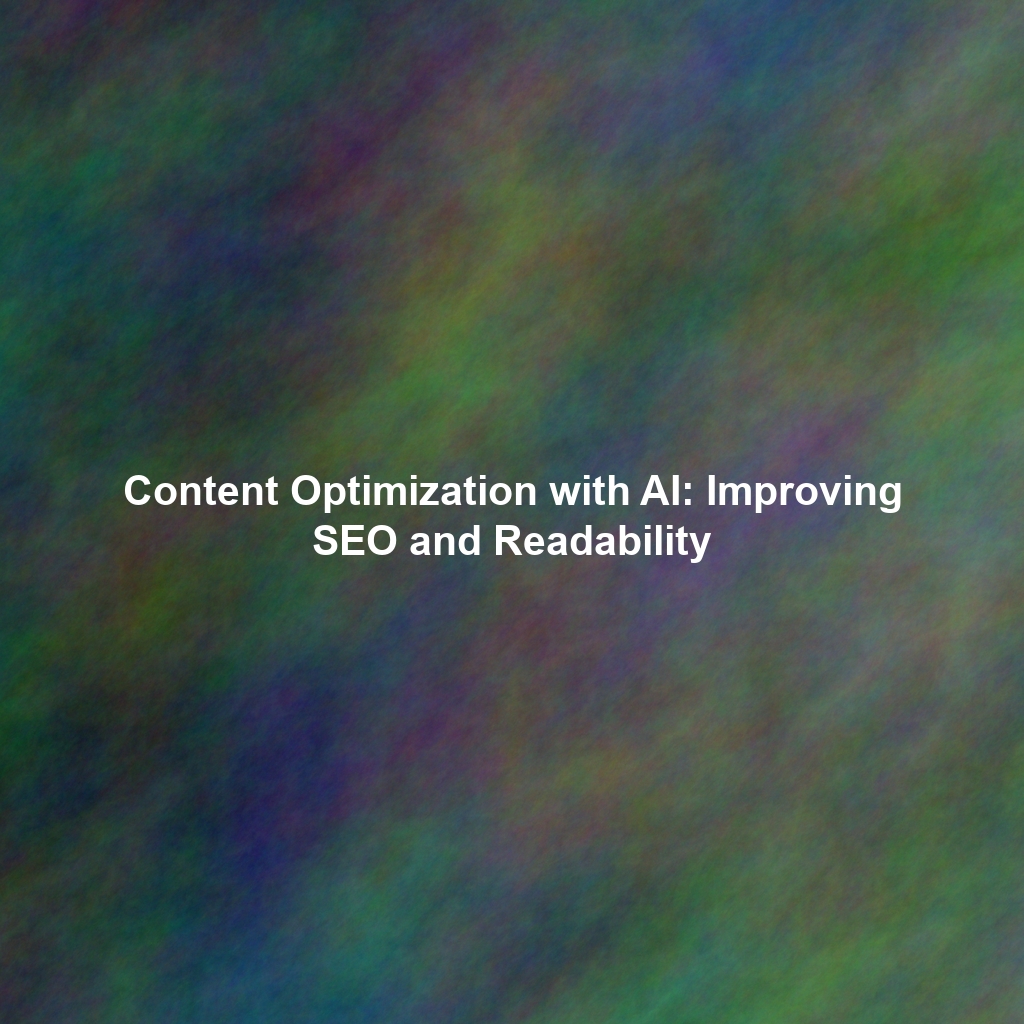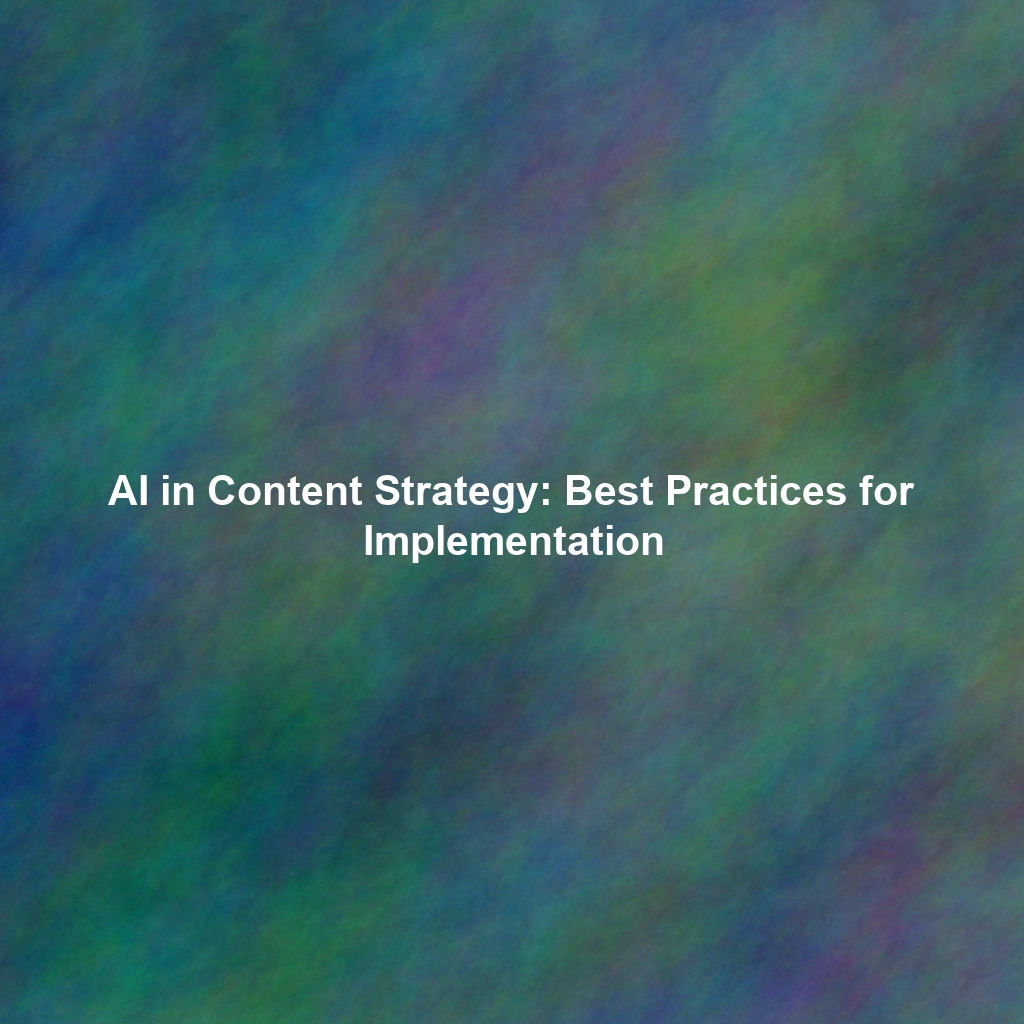While definitive reports of its complete demise might be premature, the truth, stark and undeniable, is that traditional, untargeted outbound tactics are facing an unprecedented uphill battle. The entire commercial landscape has shifted dramatically, fundamentally altering buyer behavior and expectations. Clinging to outdated, inefficient outbound methods is no longer just a minor misstep; it can be a costly, even fatal, mistake in a market that rewards agility and relevance. At Content Hurricane, we possess an intrinsic understanding of the profound need for effective, modern, and data-driven content strategies that align with contemporary buyer journeys. Let’s delve into the compelling reasons why the once-mighty, seemingly invincible outbound approach is now showing significant, undeniable signs of decline, and why a paradigm shift towards inbound methodologies is not just an option, but a strategic imperative for sustainable growth.
The Rise of the Informed Buyer: Power Shift in the Digital Age
The advent and pervasive influence of the internet have fundamentally, irrevocably changed how people research, evaluate, and ultimately make purchasing decisions. Gone are the days when a salesperson held a near-monopoly on product information, industry insights, or competitive comparisons. Today’s buyers are empowered, equipped with an arsenal of digital tools and an insatiable appetite for self-education. They conduct their own exhaustive research, meticulously compare options online, devour reviews, engage in forums, and consume vast amounts of content long before a sales representative even enters their periphery, if at all. This seismic power shift from seller to buyer has rendered traditional outbound approaches increasingly ineffective.
1. Information Overload: The Noise Barrier
In the current digital ecosystem, prospects are not just receiving a few emails or calls; they are relentlessly bombarded with hundreds of marketing messages daily across every conceivable channel—email inboxes, social media feeds, text messages, and even traditional phone calls. Standing out in this cacophony of noise is increasingly difficult, if not impossible. This constant barrage has led to phenomena like “banner blindness” (where users subconsciously ignore advertisements) and an almost instantaneous deletion or dismissal of unsolicited outreach. Your meticulously crafted cold email, no matter how well-written, is often just one more pixel in a sea of digital clutter, destined for the spam folder or the trash bin without a second glance. The sheer volume makes genuine engagement a statistical anomaly.
2. Trust Deficit: The Erosion of Credibility
Traditional cold outreach—be it a cold call interrupting a busy workday or an impersonal email landing in an already overflowing inbox—often feels intrusive, unsolicited, and inherently impersonal. In an era where authenticity, transparency, and genuine connection are highly valued by consumers, generic outbound messages can actively erode trust rather than build it. Buyers are wary of being “sold to” and prefer to engage with brands that demonstrate an understanding of their needs and offer value upfront. The transactional nature of traditional outbound often creates an immediate barrier, fostering skepticism rather than rapport. For insights into building trust, consider resources from Harvard Business Review.
3. Self-Service Culture: The Preference for Autonomy
A significant behavioral shift among modern buyers is their strong preference for autonomy and self-service. They want to explore solutions at their own pace, on their own terms, utilizing readily available online resources like comprehensive websites, insightful blogs, detailed case studies, and informative webinars. They are seeking to be educated, informed, and empowered to make their own decisions, rather than being subjected to a sales pitch. This self-directed journey means that by the time a buyer might consider engaging with a salesperson, they are often 70-90% of the way through their purchasing process, having already formed strong opinions and preferences. Traditional outbound, which aims to initiate the conversation much earlier, is increasingly out of sync with this modern buyer’s journey.
Anecdote: The Overwhelmed IT Director
Mark, an IT Director at a mid-sized manufacturing firm, used to rely on sales reps for product updates. “Not anymore,” he states. “My inbox gets 50+ cold emails a day. My phone rings constantly with numbers I don’t recognize. I just delete them. If I need a new CRM, I’ll spend weeks on G2, read reviews, download whitepapers, and watch demos. By the time I even consider talking to a vendor, I know exactly what I want. A cold call at that point is just an annoyance; it shows they haven’t done their homework.” Mark’s experience exemplifies the modern buyer’s self-sufficiency and aversion to unsolicited outreach.
The Inefficiency of Traditional Outbound Sales: A Declining ROI
Beyond the changing buyer behavior, traditional outbound sales is becoming an increasingly inefficient and costly endeavor from a purely Return on Investment (ROI) perspective. The resources expended on cold outreach often far outweigh the tangible results, making it an unsustainable strategy for many businesses.
1. Abysmal Conversion Rates: Chasing Ghosts
Traditional cold calling and mass emailing campaigns typically yield abysmal conversion rates. The sheer volume of outreach required to generate a handful of qualified leads means sales teams spend countless hours chasing prospects who are either not interested, not a good fit, or not ready to buy. This translates directly into wasted time, wasted effort, and ultimately, a significant drain on sales resources that could be far better utilized elsewhere. The law of diminishing returns applies acutely here; the more you push, the less you get back.
2. Wasted Resources and High Customer Acquisition Costs (CAC): The Hidden Drain
The time and effort spent by highly compensated sales professionals on unqualified leads represent a substantial hidden cost. Every hour spent cold calling or drafting generic emails is an hour not spent nurturing warm leads, building relationships with existing clients, or optimizing more effective inbound channels. Consequently, the cost of acquiring a customer through traditional outbound methods is often significantly higher than through inbound strategies, where leads are already pre-qualified and engaged. Businesses are increasingly scrutinizing their CAC, and traditional outbound often fails to meet modern efficiency benchmarks. For more on CAC, see Investopedia’s explanation.
3. Decreasing Engagement and Response Rates: The Silent Treatment
The data unequivocally shows that response rates to unsolicited cold outreach are plummeting across industries. Prospects are simply ignoring or actively filtering out these attempts. This makes it harder and harder to even get a foot in the door, let alone initiate a meaningful conversation. The very act of cold outreach can, paradoxically, damage your brand’s reputation, associating it with annoyance rather than value. This decreasing engagement means sales teams are working harder for less, leading to burnout and demoralization.
Strategic Insight: The Cost of Interruption
In an attention-scarce economy, interruption is a high-cost strategy. Traditional outbound relies on interrupting prospects, which is increasingly resented. Inbound, conversely, relies on attraction, providing value when and where the prospect is actively seeking it. This fundamental difference in approach directly impacts efficiency and long-term brand perception.
The Power of Inbound Marketing: Attracting, Engaging, Delighting
While traditional outbound struggles under the weight of its inherent inefficiencies and changing buyer behavior, inbound marketing has risen as a powerful, sustainable, and increasingly dominant alternative. This approach flips the traditional sales funnel, focusing on attracting qualified leads by creating valuable content and experiences that genuinely resonate with their needs, drawing them organically to your brand.
1. Attracting Qualified Leads: The Magnet Effect
Inbound marketing operates like a magnet, drawing in individuals who are actively searching for solutions your business offers. By creating valuable content assets—such as insightful blog posts, comprehensive e-books, detailed whitepapers, engaging webinars, and practical templates—you position your brand as a helpful resource. When a prospect searches for a solution to their problem, your content appears, providing answers and establishing your expertise. This means the leads generated are inherently more qualified, as they’ve self-identified their need and actively sought out information related to your offerings.
2. Building Trust and Authority: The Foundation of Relationships
By consistently providing valuable, informative, and unbiased content, inbound marketing effectively establishes your brand as a thought leader and builds trust with potential customers long before a sales conversation even begins. When prospects consume your content, they perceive your brand as knowledgeable, helpful, and credible. This trust and authority are invaluable assets that differentiate you from competitors and lay a strong foundation for future sales interactions. Buyers are far more likely to engage with a brand they trust and perceive as an expert.
3. Higher Conversion Rates: From Interest to Action
Inbound leads are typically more qualified and further along in their buyer’s journey because they’ve actively sought out your content and engaged with your brand on their own terms. This self-qualification leads directly to significantly higher conversion rates. Sales teams spend less time educating and convincing, and more time closing deals with prospects who are already primed and interested. This efficiency translates directly into a healthier sales pipeline and improved revenue generation.
4. Long-Term Sustainability and Scalability: A Compounding Asset
Unlike outbound efforts that cease to generate results the moment you stop spending money or making calls, inbound marketing builds a lasting foundation for lead generation and brand awareness. A well-optimized blog post or a comprehensive guide can continue to attract organic traffic and generate leads for months, even years, after its initial publication. This compounding effect makes inbound a highly sustainable and scalable strategy, continuously working for your business even when you’re not actively pushing. It’s an asset that appreciates over time. For a deeper dive into inbound marketing, HubSpot’s resources are invaluable: HubSpot Inbound Marketing.
Anecdote: The Content-Driven Transformation
A B2B software company, “Nexus Solutions,” relied heavily on cold calls and trade shows. Their sales cycle was long, and CAC was exorbitant. Their new CMO, David, shifted focus to inbound. They invested in a robust content strategy, publishing expert articles on industry challenges, creating detailed comparison guides, and hosting educational webinars. “It was slow at first,” David admitted, “but after about nine months, our inbound lead volume surpassed outbound. More importantly, these leads were already familiar with our product, understood their problem, and were ready to talk specifics. Our sales cycle shortened by 30%, and our CAC dropped dramatically. It was a complete transformation.”
The Nuance: Outbound Sales is MOSTLY (but not completely) Dead – How to Improve It
It’s crucial to clarify that proactive outreach, in its most refined and strategic forms, isn’t entirely obsolete. However, the traditional “spray-and-pray” approach—mass, untargeted, impersonal outreach—is indeed dying a slow, painful death. A more strategic, highly targeted, personalized, and value-driven form of outbound is emerging, often working in conjunction with inbound efforts rather than in isolation.
1. Account-Based Marketing (ABM): Precision Targeting
Instead of broadly targeting individuals, Account-Based Marketing (ABM) focuses on a select, pre-defined group of high-value accounts (specific companies) that represent your ideal customer profile. Outreach within an ABM strategy is highly tailored, personalized to the specific challenges and goals of each individual within the target account, and often involves multiple stakeholders. It’s about quality over quantity, precision over volume. ABM is a collaborative effort between sales and marketing, leveraging deep research to deliver highly relevant messages. Learn more about ABM from Gartner.
2. Social Selling: Building Digital Relationships
Social selling involves leveraging social media platforms (especially LinkedIn) to research prospects, build genuine relationships, engage with their content, and provide value long before a sales pitch. It’s about becoming a trusted resource in their network, sharing relevant insights, and participating in conversations. This is a far cry from simply sending a cold connection request; it’s about strategic, long-term relationship building in a digital context.
3. Warm Outreach and Sales Enablement: Nurturing Engaged Leads
The most effective modern “outbound” is often a form of “warm outreach.” This involves sales teams nurturing leads that have already been generated through inbound efforts (e.g., downloaded an e-book, attended a webinar, visited a specific product page) or through referrals. In this scenario, the sales representative is not cold-calling; they are following up on an expressed interest with highly personalized communication, leveraging the insights gained from the prospect’s previous engagement with your content. This is where sales enablement—providing sales teams with the right content, tools, and training—becomes critical.
4. Value-Driven Communication: Solutions Over Pitches
Even in proactive outreach, the focus must shift from pushing a product or service to providing genuine value and solutions to a prospect’s specific problems. This means deep research into the prospect’s company and industry, understanding their challenges, and framing your outreach as an offer to help, not just to sell. It’s about demonstrating empathy and expertise, positioning yourself as a trusted advisor rather than a mere vendor.
Content Hurricane’s Take: Igniting Growth with Inbound Content
At Content Hurricane, we fundamentally believe that the future of business growth lies in creating content that fuels meaningful connections, builds lasting trust, and drives sustainable, scalable growth. While traditional outbound sales in its untargeted, interruption-based form is undoubtedly facing significant, insurmountable challenges, a strategic, inbound-focused approach is the undeniable future. We empower businesses to build powerful lead generation engines by creating valuable, SEO-optimized content that attracts, educates, and delights your target audience.
Our AI-driven platform is specifically designed to produce expert-level content at scale, ensuring your website becomes a magnet for qualified leads. We focus on content that meets Google’s E-E-A-T (Experience, Expertise, Authoritativeness, Trustworthiness) standards, ensuring high visibility and credibility. This approach allows you to outperform outdated outbound tactics by providing solutions when and where your audience is actively looking for them, fostering genuine engagement and higher conversion rates.
Conclusion: The Dawn of a New Sales Era
The days of blindly blasting out cold emails and making endless, inefficient cold calls are unequivocally numbered. The modern buyer is informed, discerning, and prefers to engage on their own terms, seeking solutions rather than enduring interruptions. While proactive outreach still has a refined place in a well-rounded, integrated sales and marketing strategy, it must fundamentally evolve to be more targeted, hyper-personalized, and genuinely value-driven. Embracing inbound marketing, and specifically creating high-quality, SEO-optimized content, is no longer just an option for businesses looking to thrive in today’s dynamic digital landscape – it is an absolute necessity, a strategic imperative for survival and sustainable growth.
The shift from outbound to inbound is not merely a change in tactics; it’s a fundamental reorientation towards customer-centricity. It’s about building relationships, earning trust, and providing value that naturally pulls prospects towards your brand. Ready to ditch the dying embers of traditional outbound and ignite your growth with powerful, magnetic content? Click here to use Content Hurricane’s inbound content marketing solution and transform your lead generation strategy today.
 Skip to content
Skip to content

